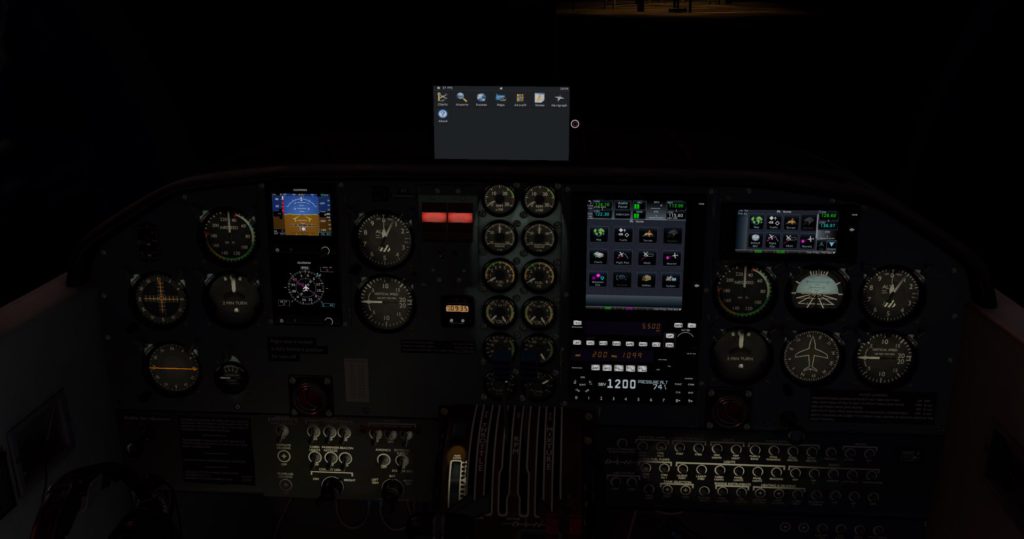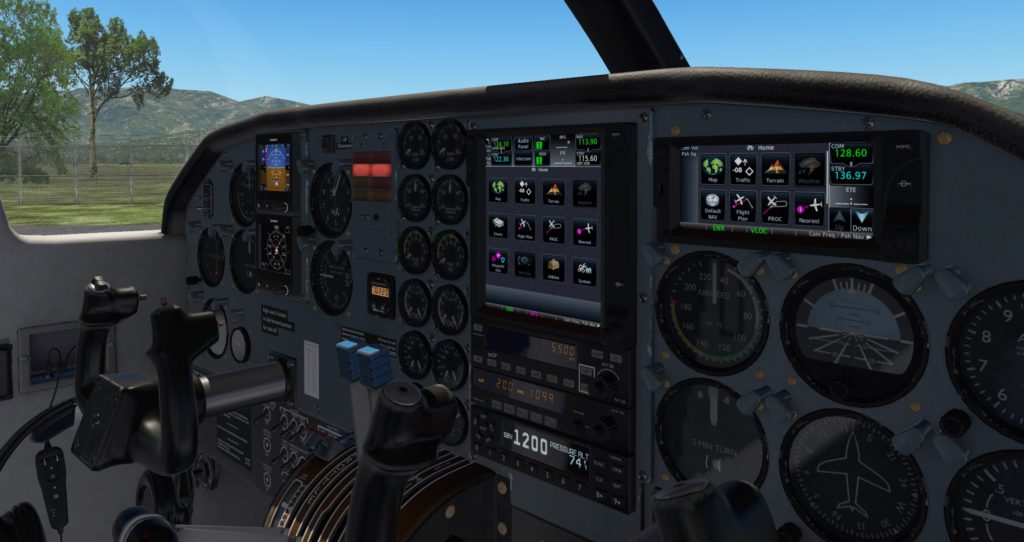TorqueSim, X-Aviation, and RealSimGear are excited to announce the Take Command! SR22 Series has arrived and is ready to join your hangar! Don’t be fooled by imitations. THIS is the SR22 flight schools will be using! The Take Command!: SR22 Series includes both Normally Aspirated and Turbo SR22 G3 variants in one package. The systems simulation along with 3D modeling is incredible. There’s no other SR22 on the sim market like it.

Highlighted Features
- Fully Custom IO-550 Engine Simulation. Cylinder detonation, spark plug fouling, improper magneto grounding, and more. SR22TN adds the Tornado Alley Turbonormalizing system. All components are modeled from real data with complex inter-component interaction.
- Detailed electrical system. Simulation of all buses, circuit breakers, Master Control Unit, both Alternators, and both lead-acid batteries. Inter-system interaction is simulated so loads on the electrical system can affect engine performance.
- High-Fidelity Flight Model designed for unparalleled accuracy. Custom airfoils, stall strips, cuffed wings, and accurate control surface deflections are all modeled.
- Maintenance and Failure Model. Excessive wear will affect airframe performance and safety, addressed through a realistic concept of runtime-based and annual inspections. This also includes truly unique features like cylinder detonation driven by the physics engine. TKS fluid panels drain over time in warm conditions and need to be primed, tires flatten, brakes fade when hot, the propeller experiences FOD on unprepared surfaces and much more to discover. Probability distributions tuned with real-world data are used to reflect the increasing likelihood of failures with component runtime.
- Custom TKS Ice Protection System (FIKI), with full system logic control in all normal and backup modes. Fluid metering pump model down to pump speeds and pressures, correct timing of pump operation cycles, pump speeds and flows depend on system voltage. Clogged filters provokes higher pump pressure and lower fluid flow.
- Custom Fuel System with Vapor Lock simulation. Main and Collector Tank are modeled, fuel sloshes depending on sideslip angle, affecting float-sensed quantity and strainer coverage. Every component in the fuel delivery path is simulated and contributes to the overall system behavior. Hot fuel can cause vapor formation and power fluctuations at high altitude in flight, suppressed by use of the boost pump
- Oxygen system where flow rate and oxygenation are controlled via a custom oxygen flowmeter. Oxygen tank temperature causes difference between sensed and actual pressure, oxygen flow rate depends on number of passengers on board.
- Persistent State – when you shut down the aircraft, you will return to it in the state in which it was left, the engine components will take their real time to cool. This encourages the proper care and handling of the aircraft, and shows the consequences of reckless flying.
- X-Plane 11 G1000 avionics with additional customizations including engine pages, synthetic vision, lean-assist functionality, CAS simulation, and checklists. All these customizations are designed to also work perfectly with the RealSimGear G1000 and Perspective Package.
- Integrated Synthetic Vision into the PFD with obstacle display, navigation pathways, and airport labels.
- Meticulously detailed 3D model, with full 4K PBR textures and the wide variety of materials accurately replicated.
- The FMOD sound pack has been the result of hundreds of hours of source audio, carefully recorded from the real aircraft. Recordings of the engine on the ground, and in-flight have provided for a highly-accurate and immersive sound pack replicating the real aircraft. Every switch, knob, lever, and button have been modeled.
- The tail number can be dynamically changed on the aircraft! There are many configuration options to make the plane yours – from changing the tail number color, placement, outlines, drop shadows, including adding it to the wings as well!
- Heavily multi-threaded systems architecture to leverage performance of modern CPUs with many cores.
- Full aircraft state persistence. Every switch, flight control position, fuel state and on-airport position is restored upon reload. Even between reloads, system resources change in real time. The engine and oil cools down slowly between flights, the battery drains, tires slowly deflate, etc.














































